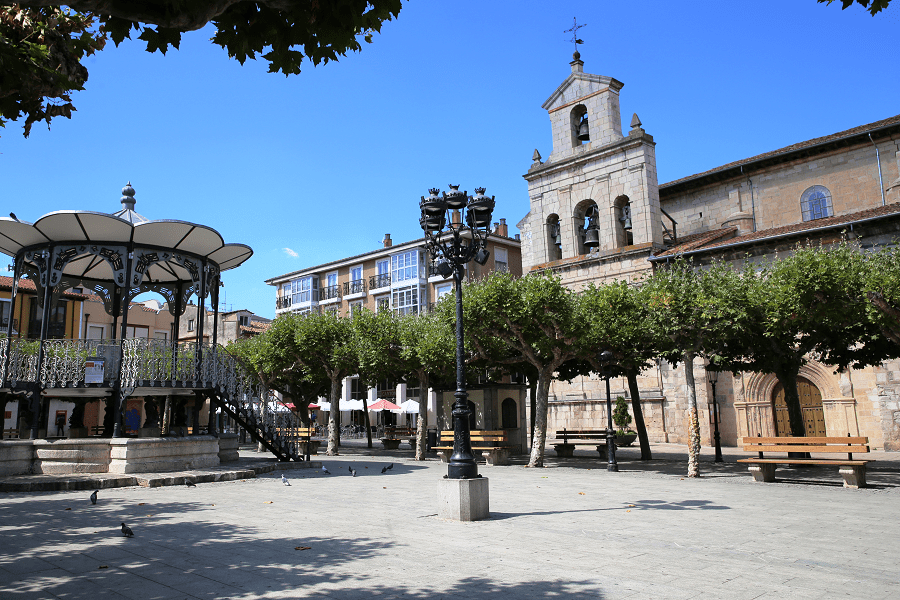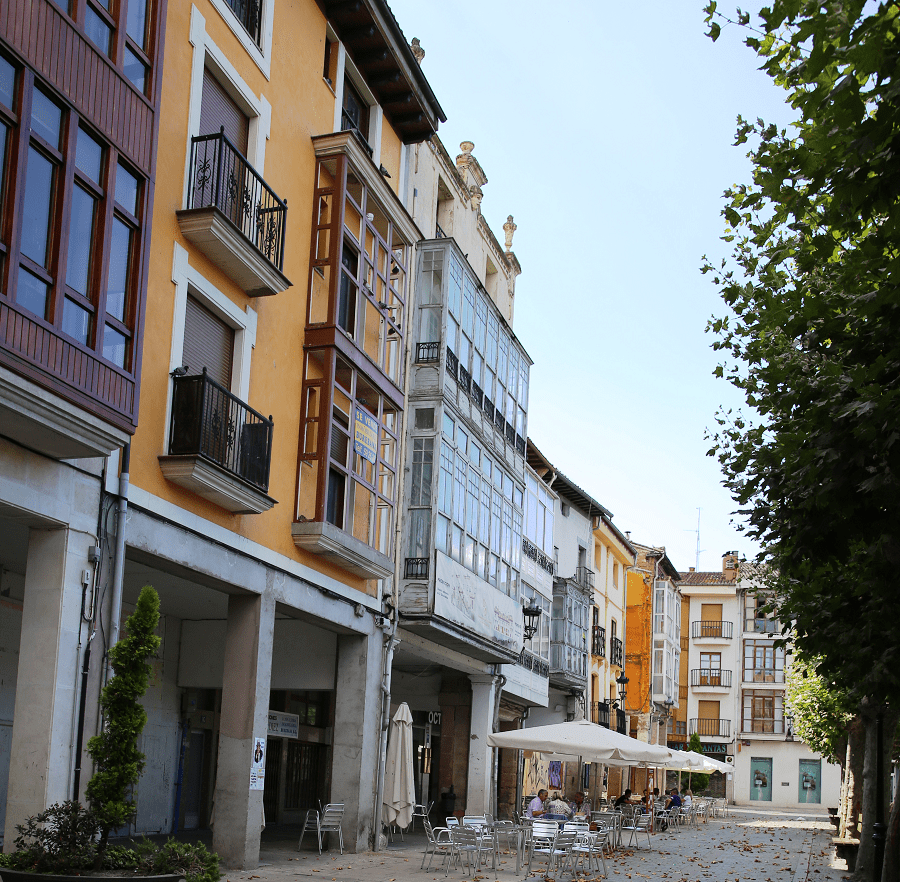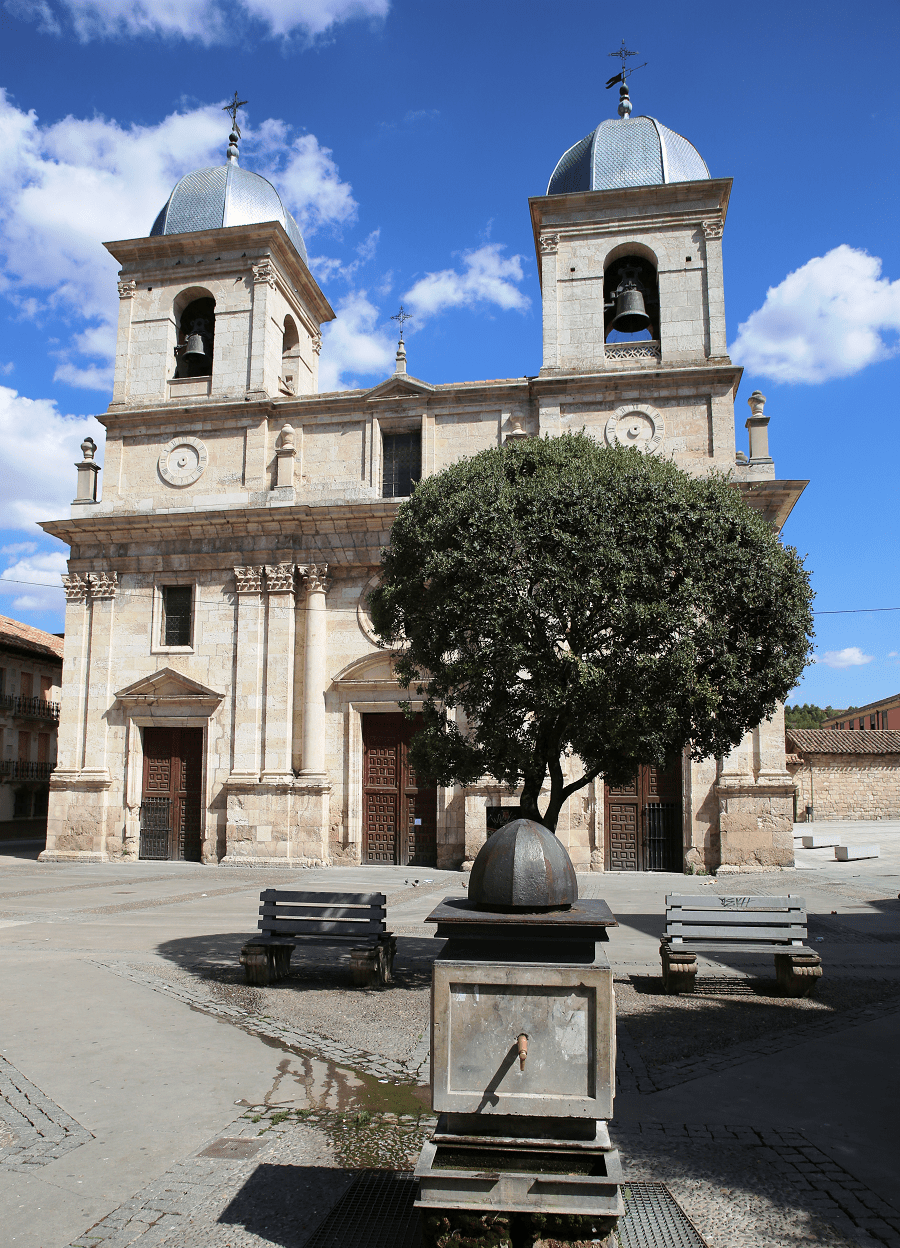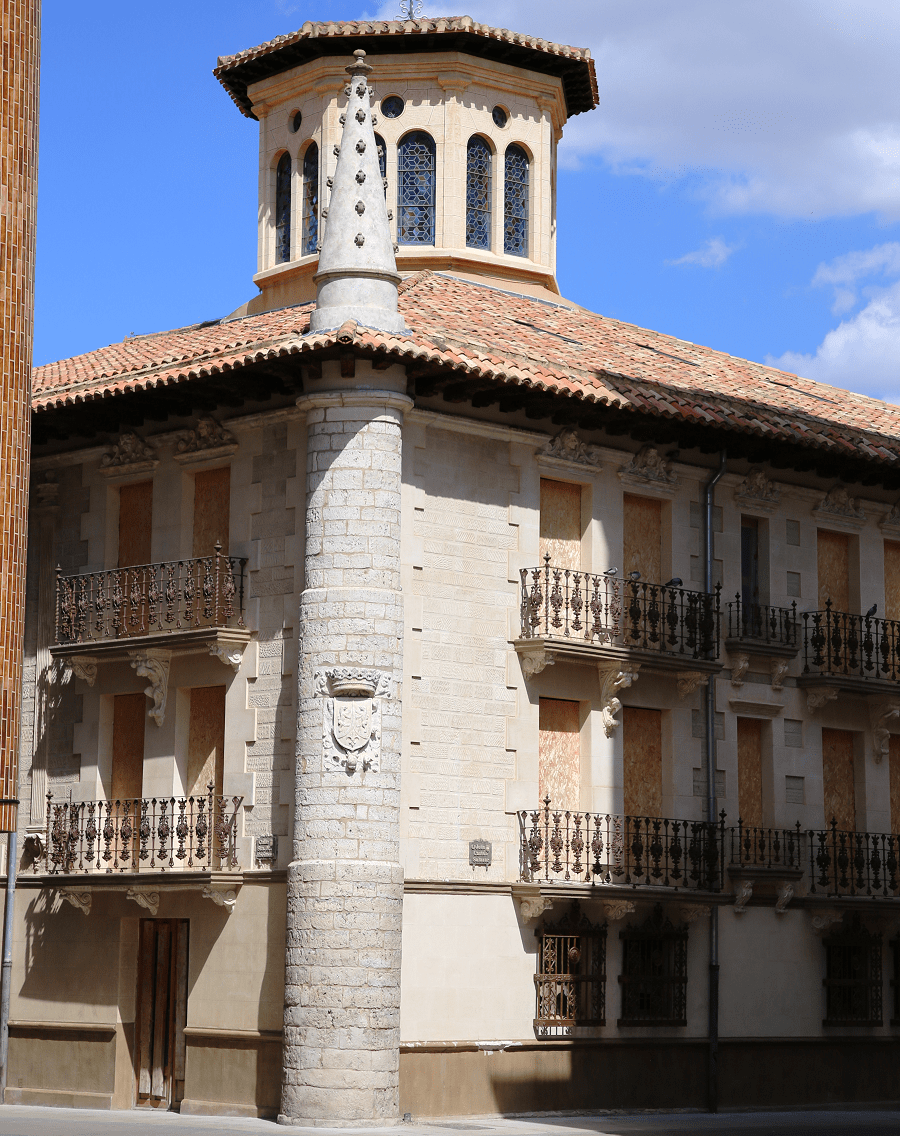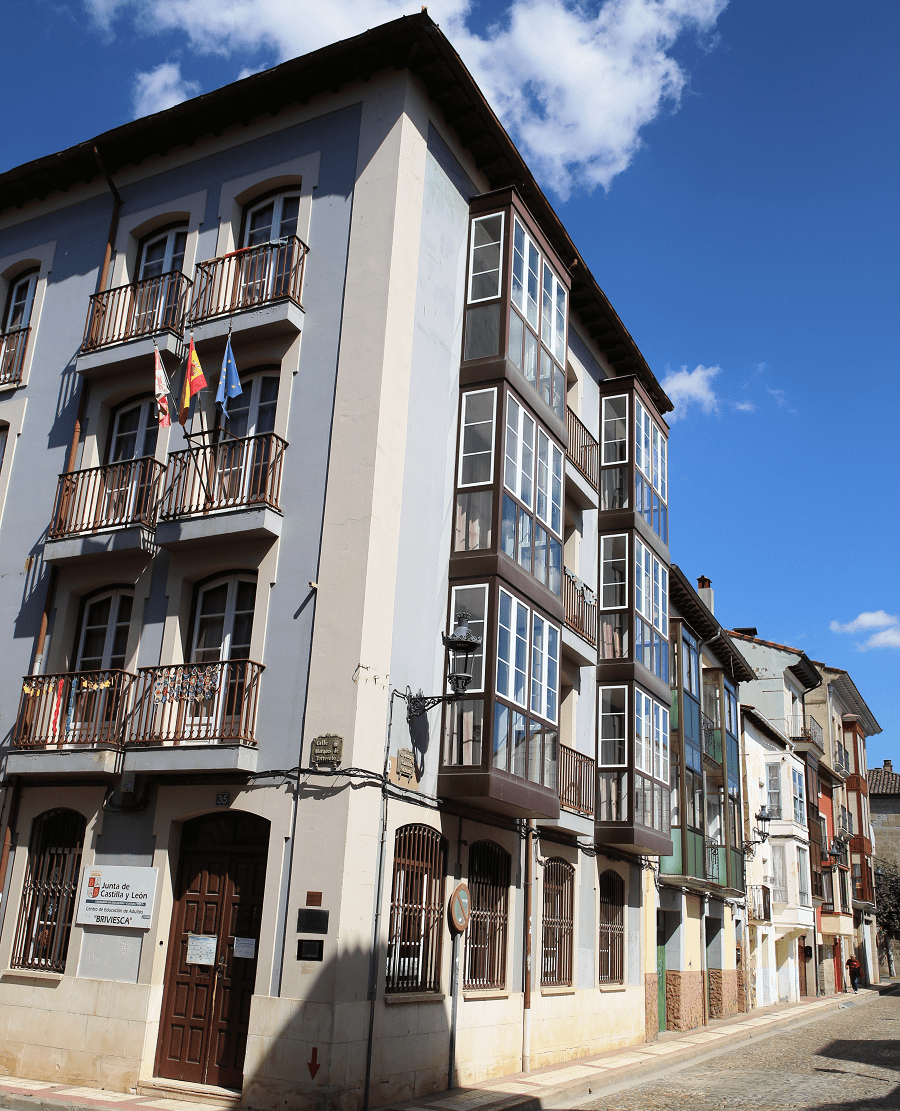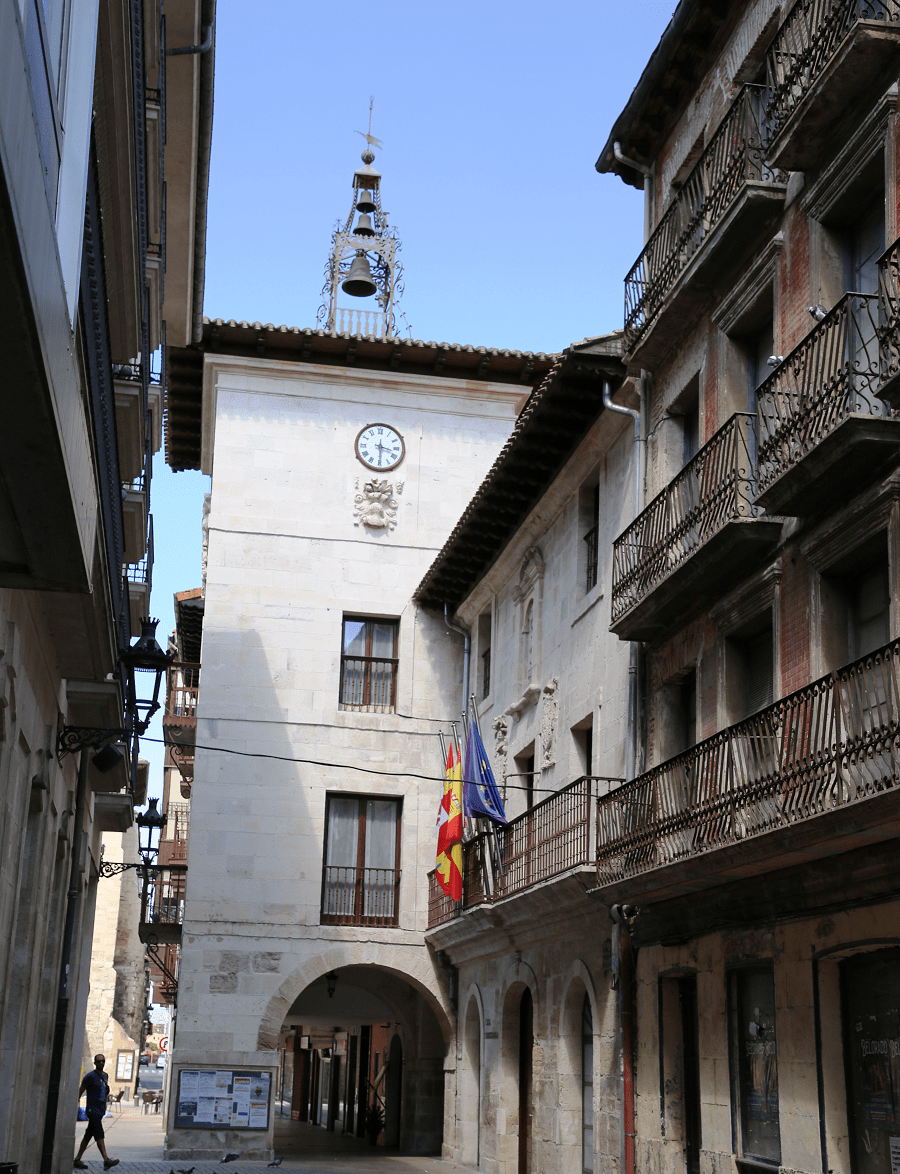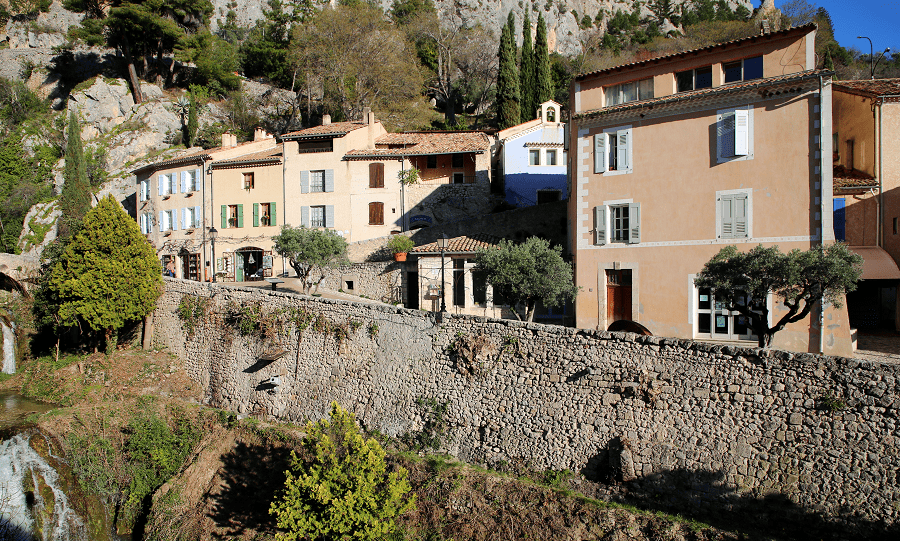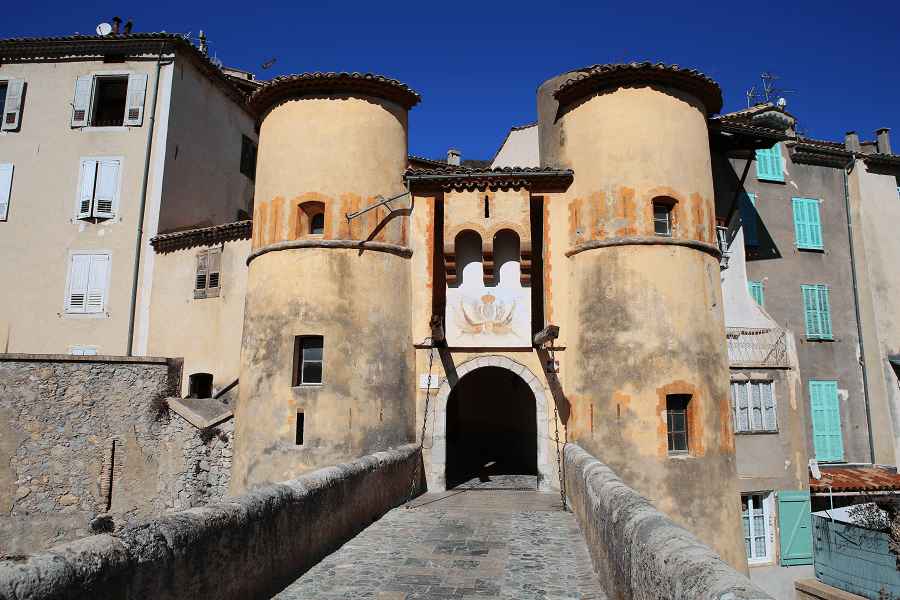Briviesca is a city and a municipality located in the north of the Iberian Peninsula, head of the judicial district of Briviesca, capital of the comarca of La Bureba and province of Burgos, autonomous community of Castile and León, Spain.
Main attractions
The Monastery of Santa Clara is an old monastery of Poor Clare nuns made up of the convent itself, plus the church, a hospital and the so-called manor house. Built in the 16th century, it combines Elizabethan Gothic and Renaissance artistic styles.
In 1931 the convent church was declared a National Historic-Artistic Monument. Therefore, it is also a Site of Cultural Interest (BIC).
The monastery was built in 1511 for the female branch of the Order of San Francisco by D. Mencía de Velasco, one of the six daughters of the Constables of Castile D. Pedro Fernández III de Velasco and D. Mencía de Mendoza. She chose for her establishment some lots adjoining the urban perimeter, outside the walls, called Vega de Valdeprado.
In 1512 the first stone of what would become a large group of buildings was laid, to which the Hospital of Our Lady of the Rosary was later attached.
The community of Poor Clares lived in the monastery until 2005.
The former Collegiate Church of Santa María la Mayor is a Catholic temple, today lowered to the rank of church and closed to worship. It was founded in the second decade of the fourteenth century by the Infanta Blanca of Portugal, lady of the Monastery of Santa María la Real de las Huelgas, daughter of King Alfonso III of Portugal and Beatriz de Castilla.
The building is an amalgam of various architectural styles, although the Baroque and Neoclassical predominate in its exterior factory. Declared a Site of Cultural Interest with the category of National Historic-Artistic Monument in 1982, it is the first historic collegiate church in the Diocese of Burgos and one of the oldest in Spain.
The church of San Martín is a Catholic parish church which combines Gothic, Renaissance and Baroque architectural styles.
The Briviesca Square is the nerve center of the city and a meeting point for its citizens. With a surface area of 2,000 m², the temple stands out, an unmistakable symbol of Briviesca, which was built in 1909 and fully restored in 1983 and 2009 on the occasion of its centenary. With a typically Castilian layout, it is supported on three of its sides. It is the intersection of the two north-south and east-west axes of the city.
On the north side is the church of San Martín, on the east, in one corner, the Palacio de los Soto Guzmán, the town hall, the rest is occupied by homes. The square is trapezoidal, surrounded by two rows of trees that make it even more unique. In 2011, the four sides that were previously open to traffic were pedestrianized.
The Palacio de los Torre house, on Medina street, has a similar structure to the City Hall building. It was ordered to be built by the Torre family in the second half of the 17th century. The characters related to its construction were Manuel (knight from Santiago), José (knight from Calatrava) and Tomás.
The Palace House of the Martínez – Ordoño Rosales is located on Medina street, in front of the house. It was built, according to the cartouche with which its entrance is adorned, by Pedro Martínez de España and Narcisa Francisca de Ordoño y Rosales in 1718. The façade is dominated by a balcony supported by angels at the corners and a mythological figure to the rococo style above the front door. In the early years of this century it was restored by a bank that now uses it as its headquarters in Briviesca.
The Walls and the Alcázar were built in the 14th century when Blanca de Portugal moved the town of Briviesca to its current location. She also ordered the construction of a fortress that stood in front of what is now the health center. Throughout the 16th century, the walls began to crumble. Not a single vestige of them remains today.
The House of Salamanca is located on the corner of Calle Santa Mª Encimera – Calle Juan Cantón. The Salamanca house was built by Juan de Salamanca and his wife Francisca de Salinas. The building is modernist and was mostly rebuilt at the beginning of the 20th century. After its current restoration, it houses a municipal theater inside.
House Palace of the Soto Guzmán is located at No. 1 on Calle Sta Mª Encimera, overlooking the Plaza Mayor from one of its corners. It was erected in the 17th century by the Soto-Guzmán family and consists of a tower and an adjoining two-story building. It has a clock installed in 1897 and below it, the coat of arms of the founders.
Festivals
Carnivals
The carnivals begin with the celebration known in Briviesca as “the day of the Choricillo” in which it is a tradition that, to face the meat fast on Fridays of Lent, friends hang out in the afternoon to have a snack. The chorizo is the protagonist of the table, as well as other sausages and the typical blood sausage of Briviesca.
Couples’ Fair
It is celebrated, depending on the calendar, on Saint Joseph’s Day if it is a public holiday (March 19) or on the nearest weekend. It is a particular tradition from Briviesca which began in the 20th century.
Easter
It is not very well known but it has a great tradition among the people of Briviesca and those of the region. It can be considered important because of several aspects: it is the second city in the province, just after the capital, with more processions. It is also unique because there is no record of a single brotherhood, apart from Briviesca’s Vera Cruz, being in charge of a 17-step procession and of organising all the events held during the Holy Week.
Pilgrimage and day of Saint Casilda
Saint Casilda’s Day is celebrated on May 9th, local holiday in Briviesca. The Saint has been considered the patron saint of the city since 1600 and the protector of La Bureba, which has a lot of devotion and affection for her.
How to get to?
From Burgos 34 min (46.2 km) via AP-1
From Valladolid 1 hr 48 min (169 km) via A-62
From Madrid 2 hr 54 min (289 km) via A-1
Main information
Area: 81 sq. km
GPS coordinates: 42°32′57″N 3°19′26″W
Language: Spanish
Population: 6465
Currency: Euro
Visa: Schengen
Time: Central European UTC +1, in summer +2



